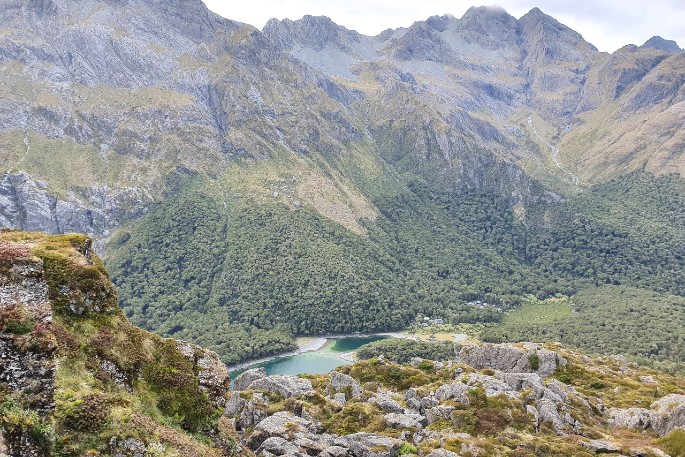This Content Is Only For Subscribers
Almost 670,000 bednights were booked at DOC huts, campsites and Great walks between December 2024 and February 2025, bringing in more than $13 million according to the department’s latest visitor insights.
The summer months saw a 12 per cent increase in bednights booked at DOC facilities compared to the previous year, with revenue up by more than 18 per cent.
“It’s fabulous to see so many people getting out into nature and making the most of conservation areas and facilities like campsites, huts and tracks,” says DOC heritage and visitors director Catherine Wilson.
“Huts and campsite fees ensure people make a fair contribution when they stay in these places and help keep facilities available into the future.”
DOC today, July 23, released its summer visitor insights report looking at the busiest months to identify visitor needs and any issues. DOC’s visitor insights reports inform staff about who’s getting out in nature, where they are going and how they rate their experiences. This helps DOC’s management approaches, particularly at busy sites, says Catherine.
“Landscapes and scenery remain top attractions for international visitors and short walks are still the most popular outdoor activity across the board.
“Over summer, international visitor numbers were back to 93 per cent of pre-COVID figures with more than 50 per cent heading to a national park during their visit.
“Fiordland and Aoraki Mount Cook are the two most popular national parks and are on the itineraries of more than 20 per cent of international tourists.
“Almost 75 per cent of international visitors enjoy walks or tramps during their time in New Zealand and 99 perc ent rated New Zealand’s natural scenery as good or very good.”
DOC’s bookings data shows between December 2024 and February 2025, nearly 60,000 people did a Great Walk, 60 per cent of whom were New Zealanders. For bookable DOC facilities other than the Great Walks, more than 450,000 bednights were booked at campsites and 70,000 in huts over this period.
Coastal areas and marine reserves were popular with New Zealanders, with Long Bay-Okura Marine Reserve in Auckland top of DOC’s most-visited destinations.
“Sadly, there was also persistent illegal fishing or collecting shellfish in marine reserves with 101 confirmed offences and 79 infringements between October 2024 to March 2025,” says Catherine.
Te Whanganui-o-Hei (Cathedral Cove), Horoirangi (near Cable Bay), and Long Bay-Okura (Auckland) were the marine reserves which saw the highest number of offences.
“Marine reserves are vital for protecting our precious marine wildlife as well as ensuring fish stocks into the future,” says Catherine.
“This behaviour is truly disappointing, and we’ve seen wider issues across the country this summer. This includes dogs attacking wildlife, people driving through endangered river-bird colonies and irresponsible camping harming vulnerable natural areas like alpine wetlands.
“Nature is at the core of our wealth and wellbeing in New Zealand and we harm it at our peril.
“It’s heartening to see recent DOC research shows 92 per cent of New Zealanders agree nature is an important part of our national identity.”
Tourism on public conservation land is worth $3.4 billion each year and supports around 2000 tourism businesses.
The summer report looks at information from a range of sources including from the International Visitor Survey, DOC’s visitor surveys and bookings data.



